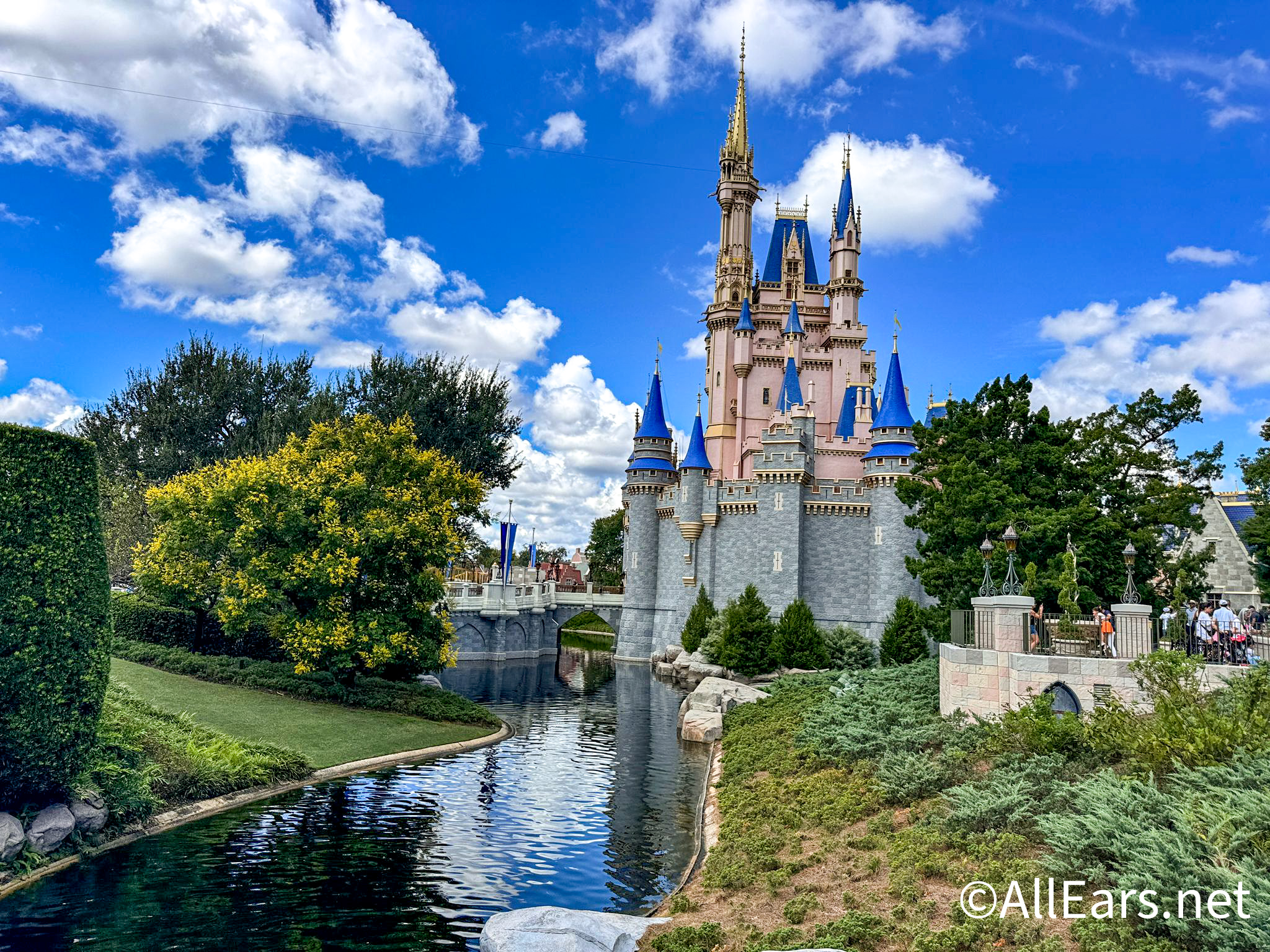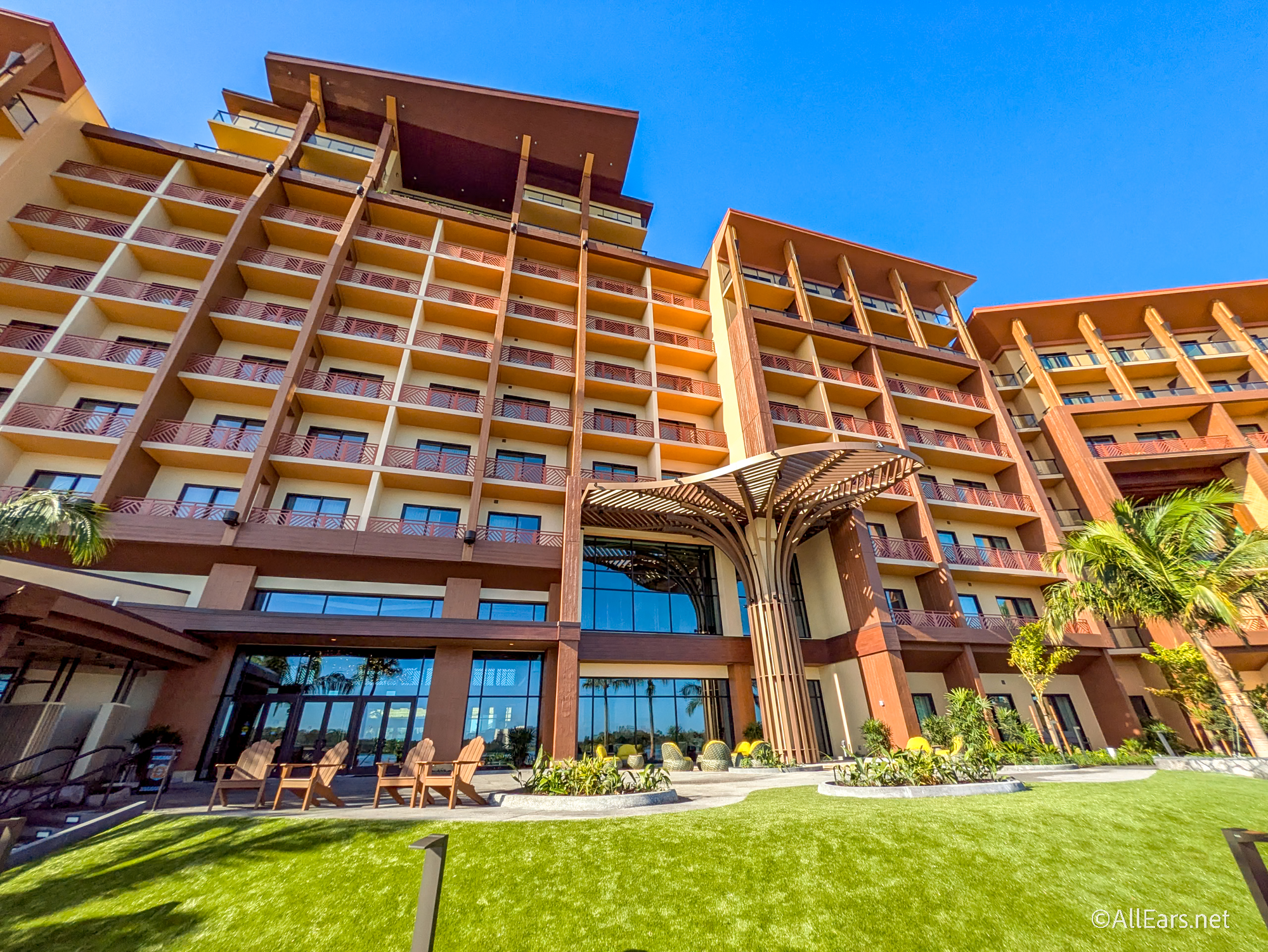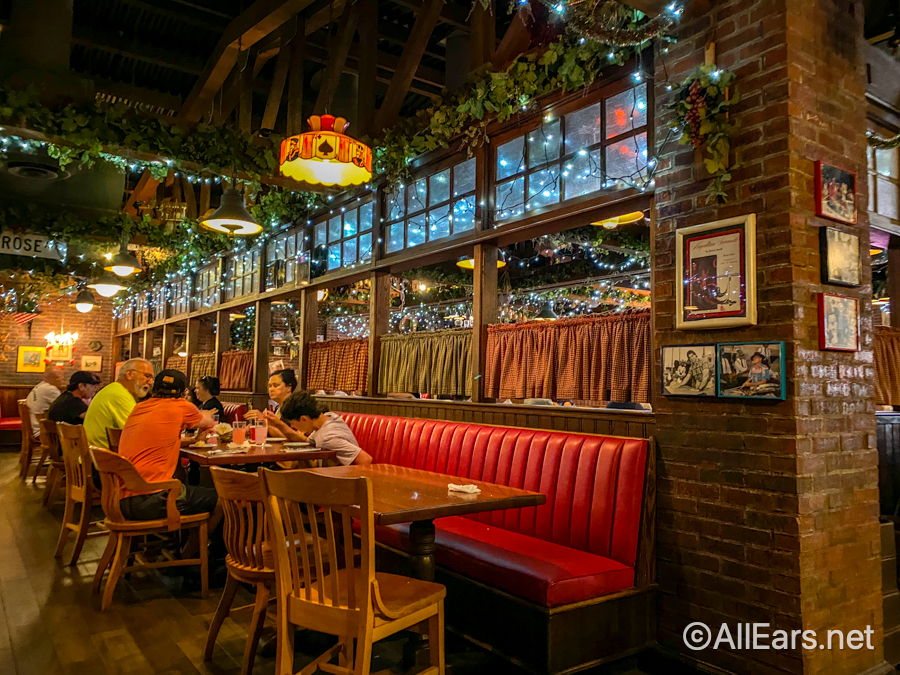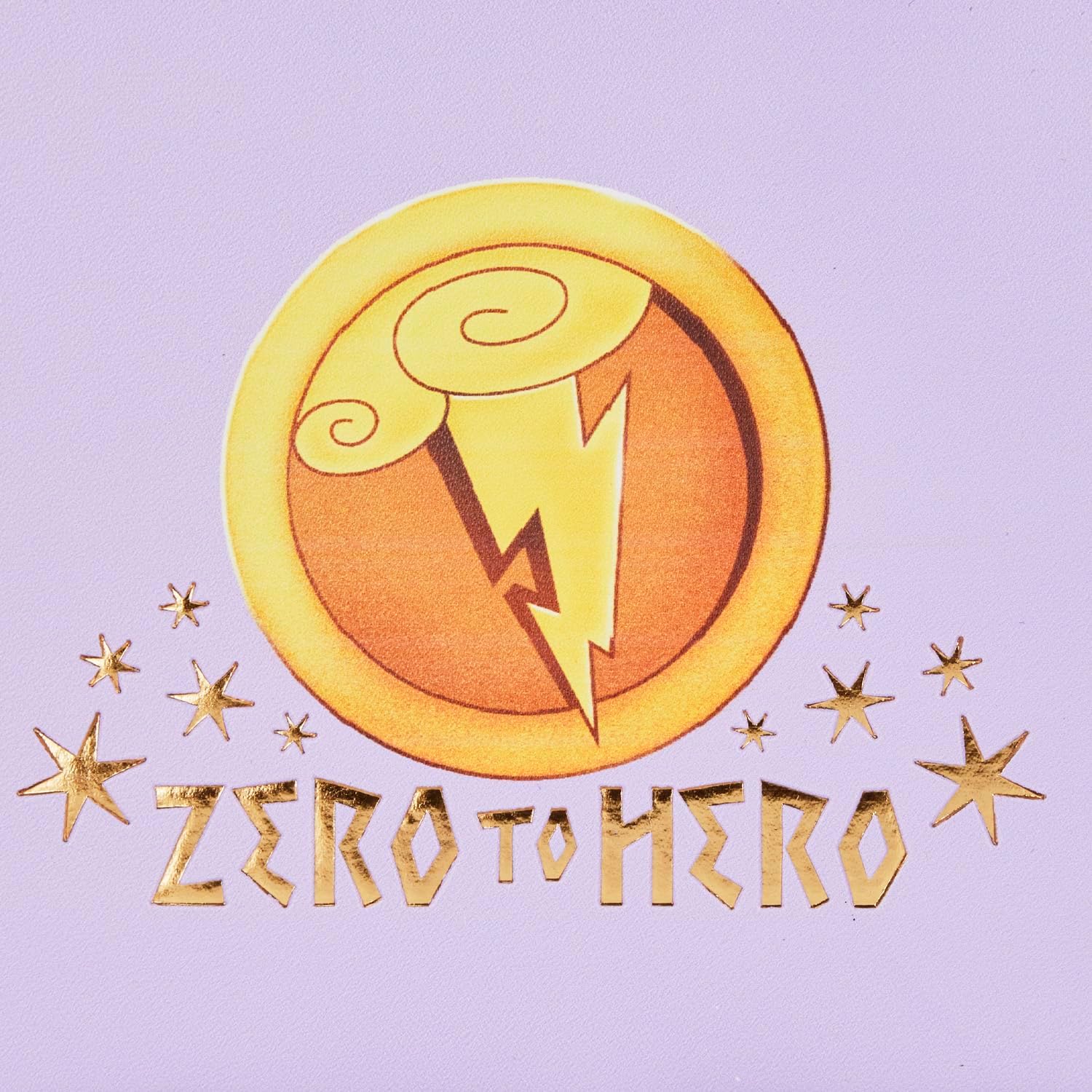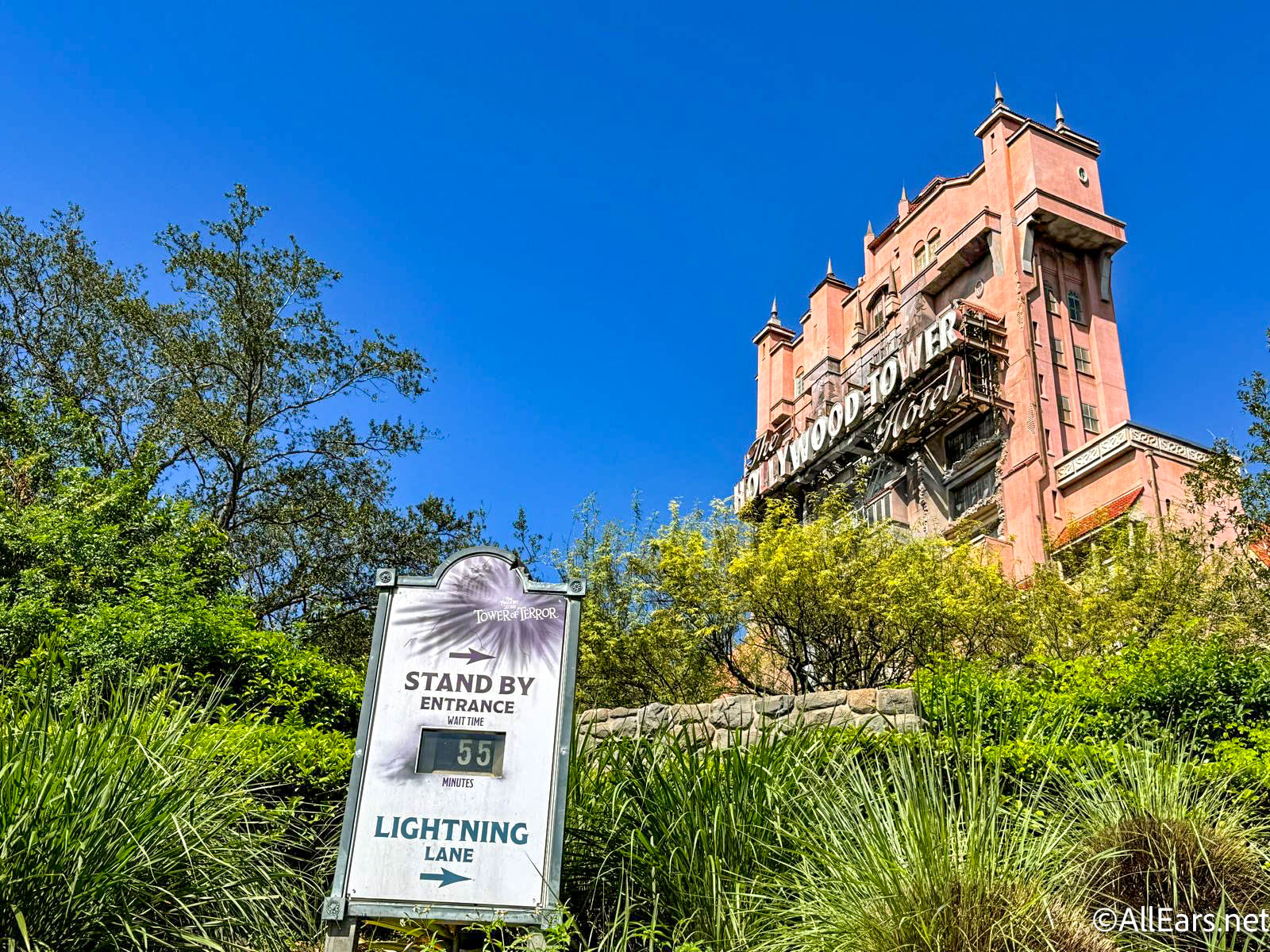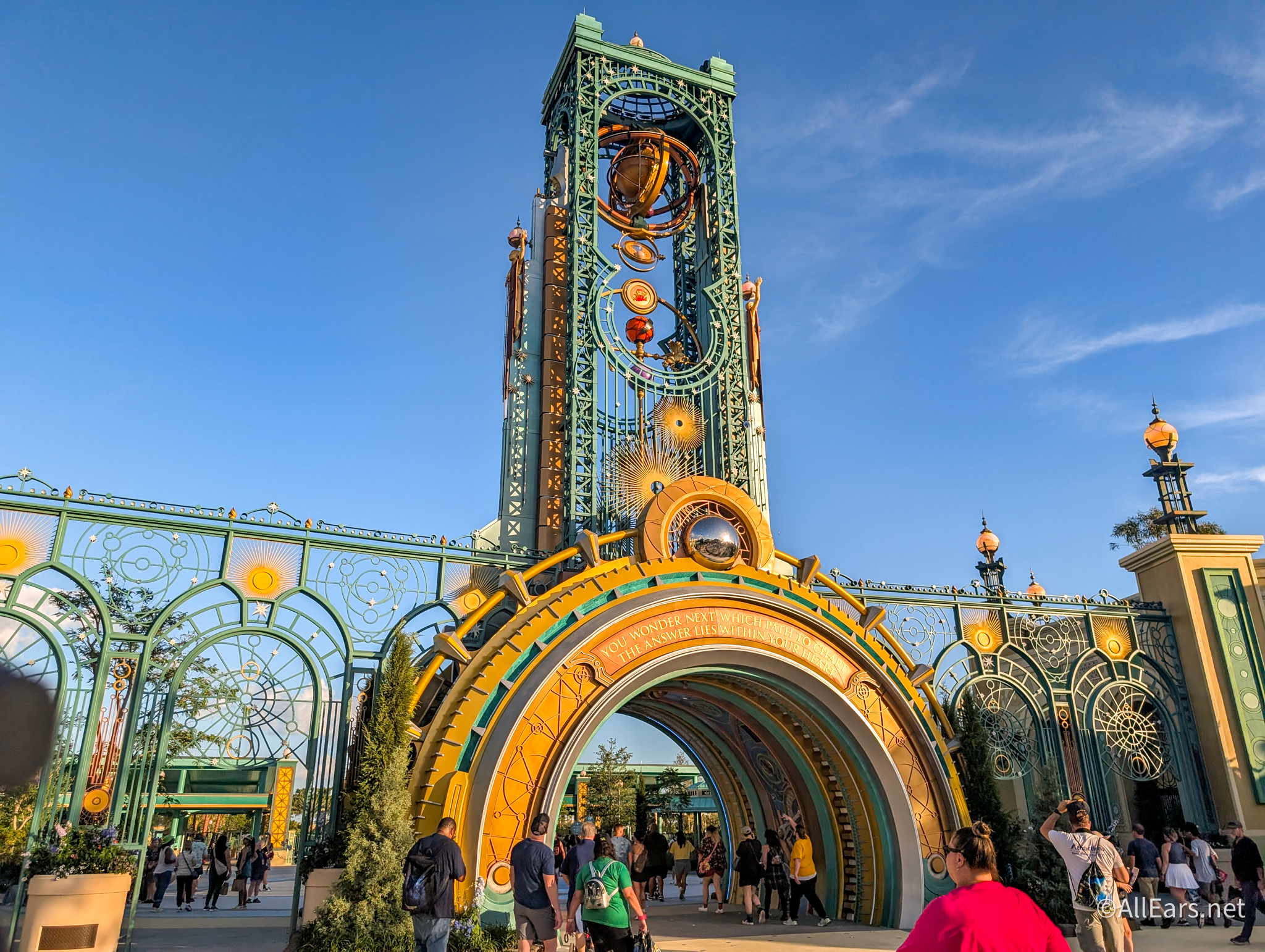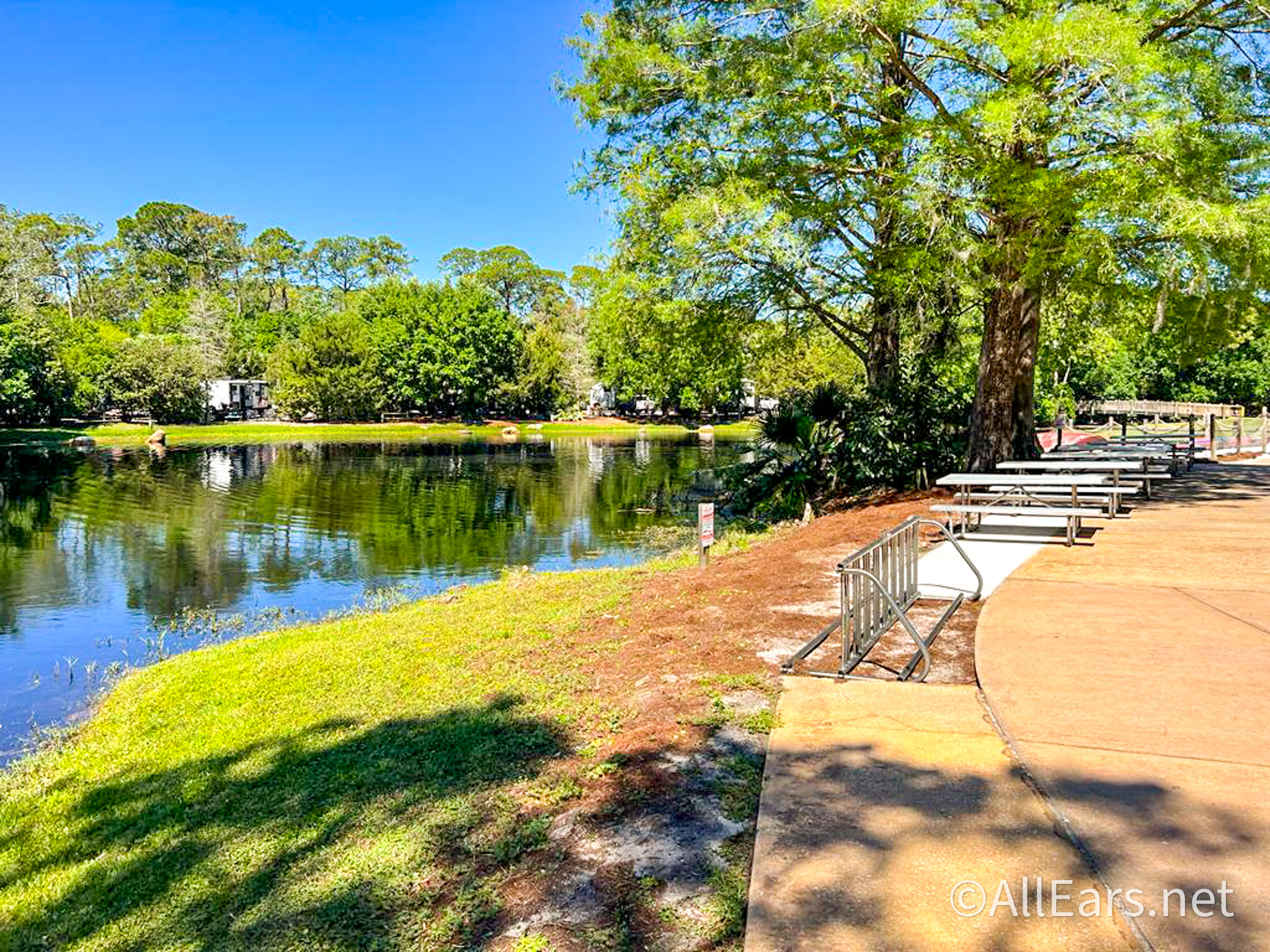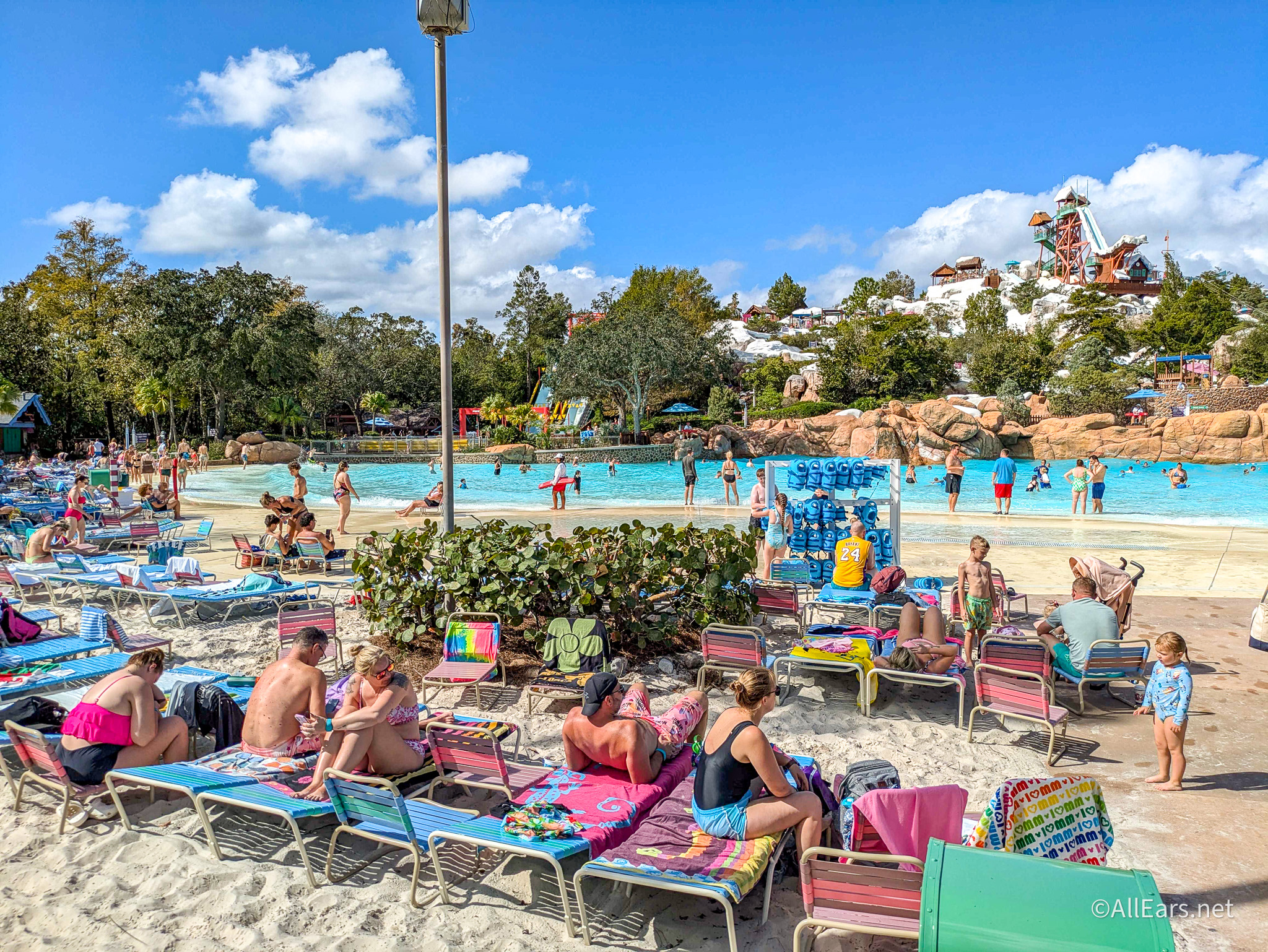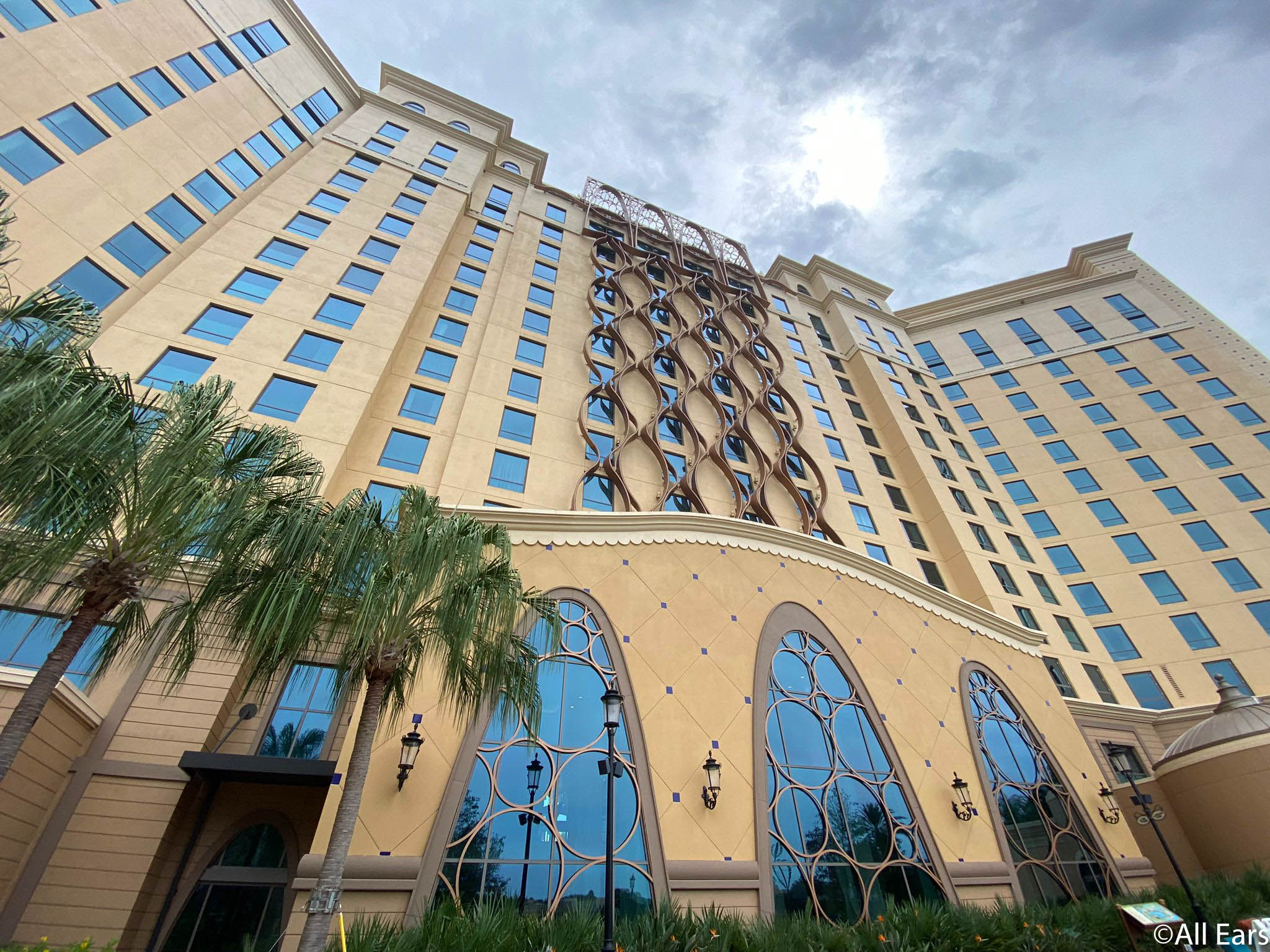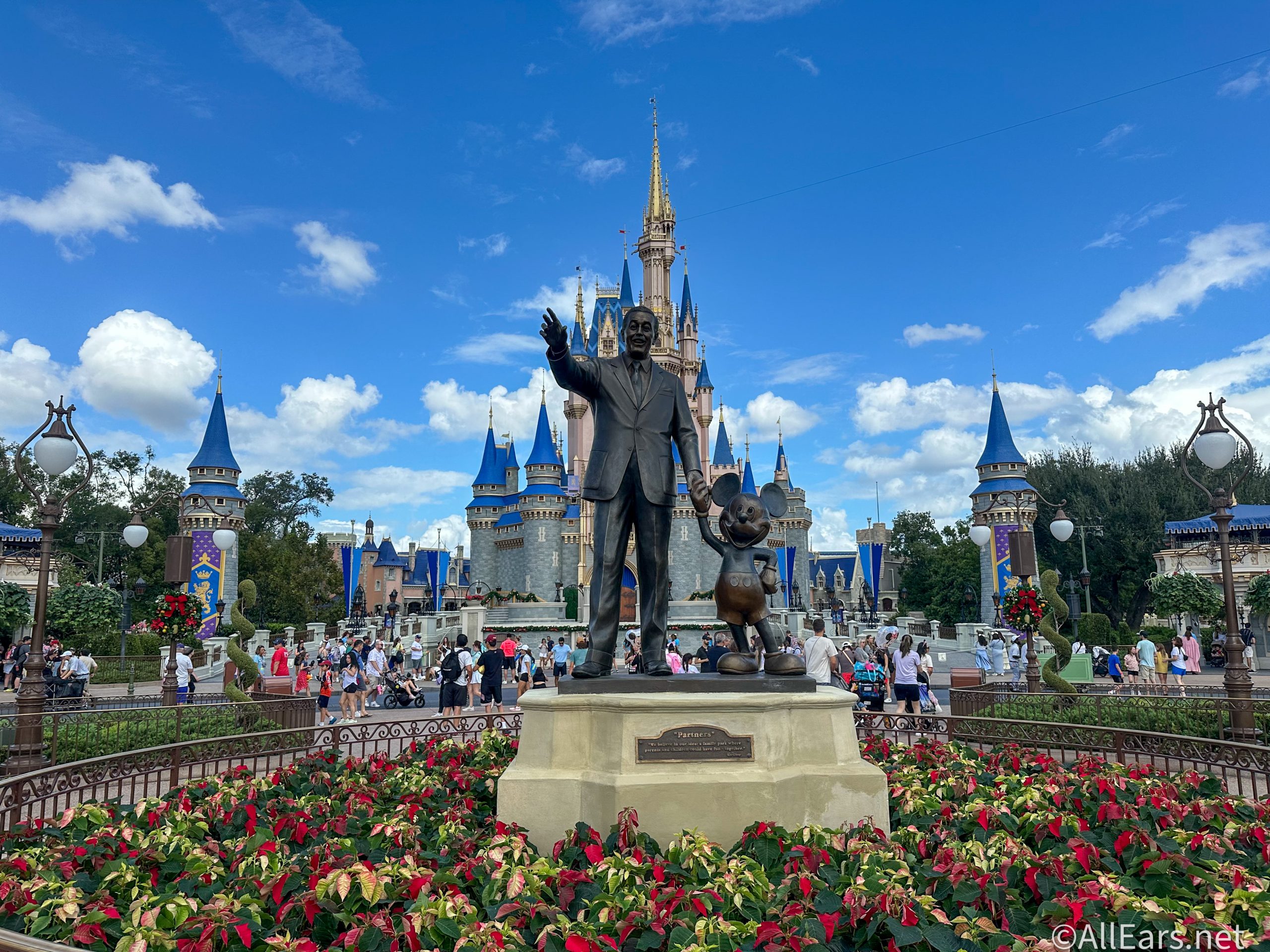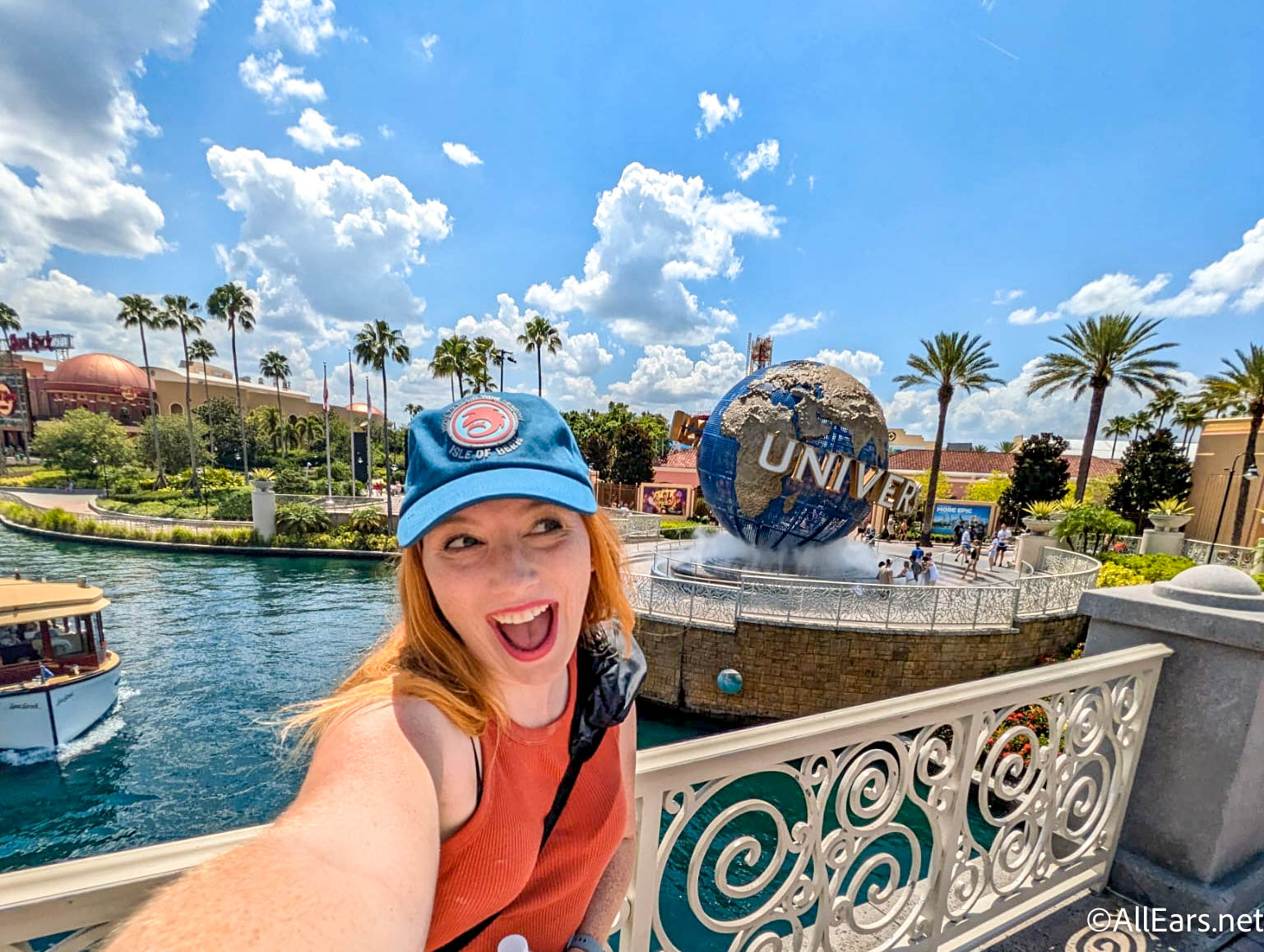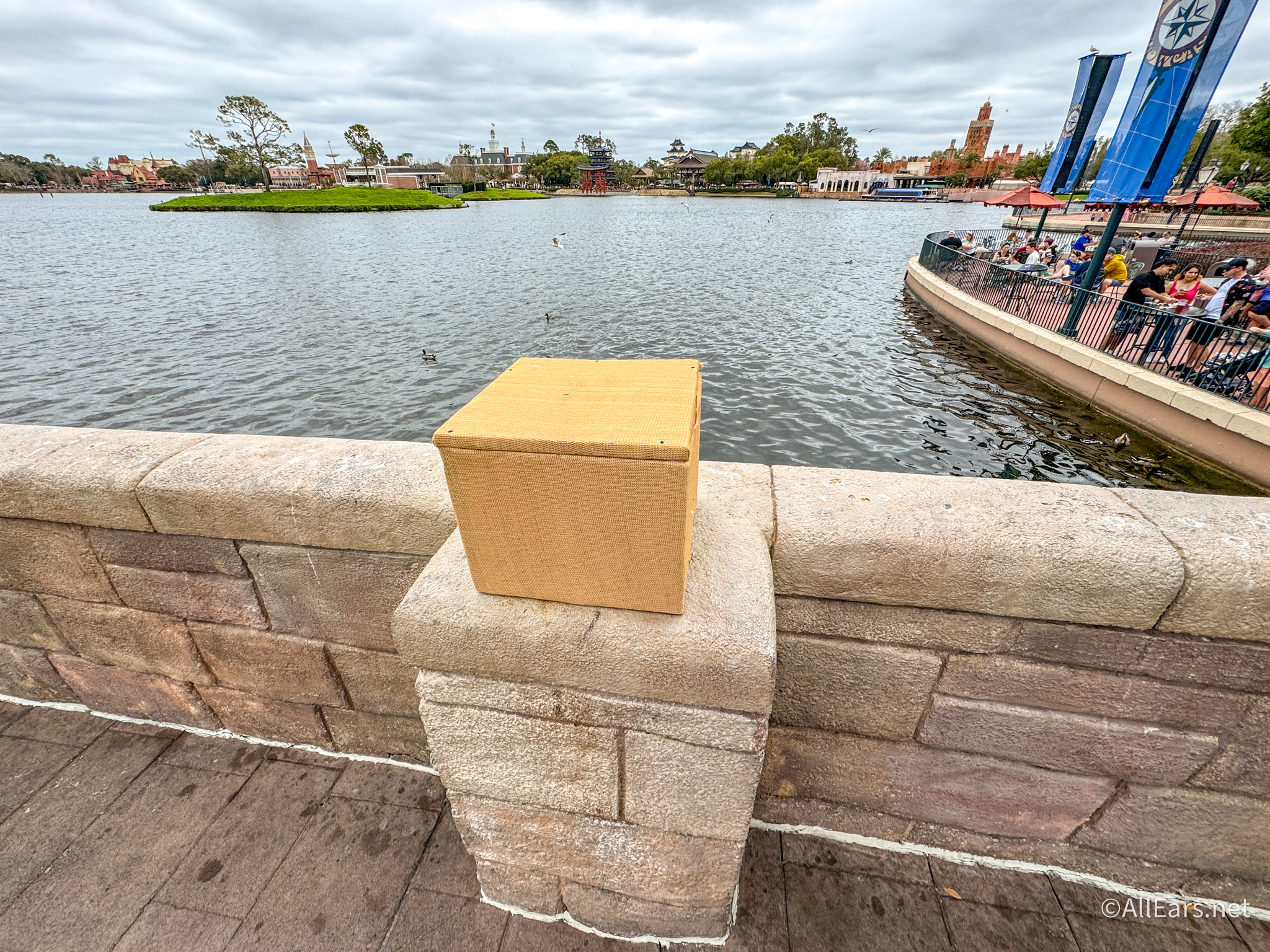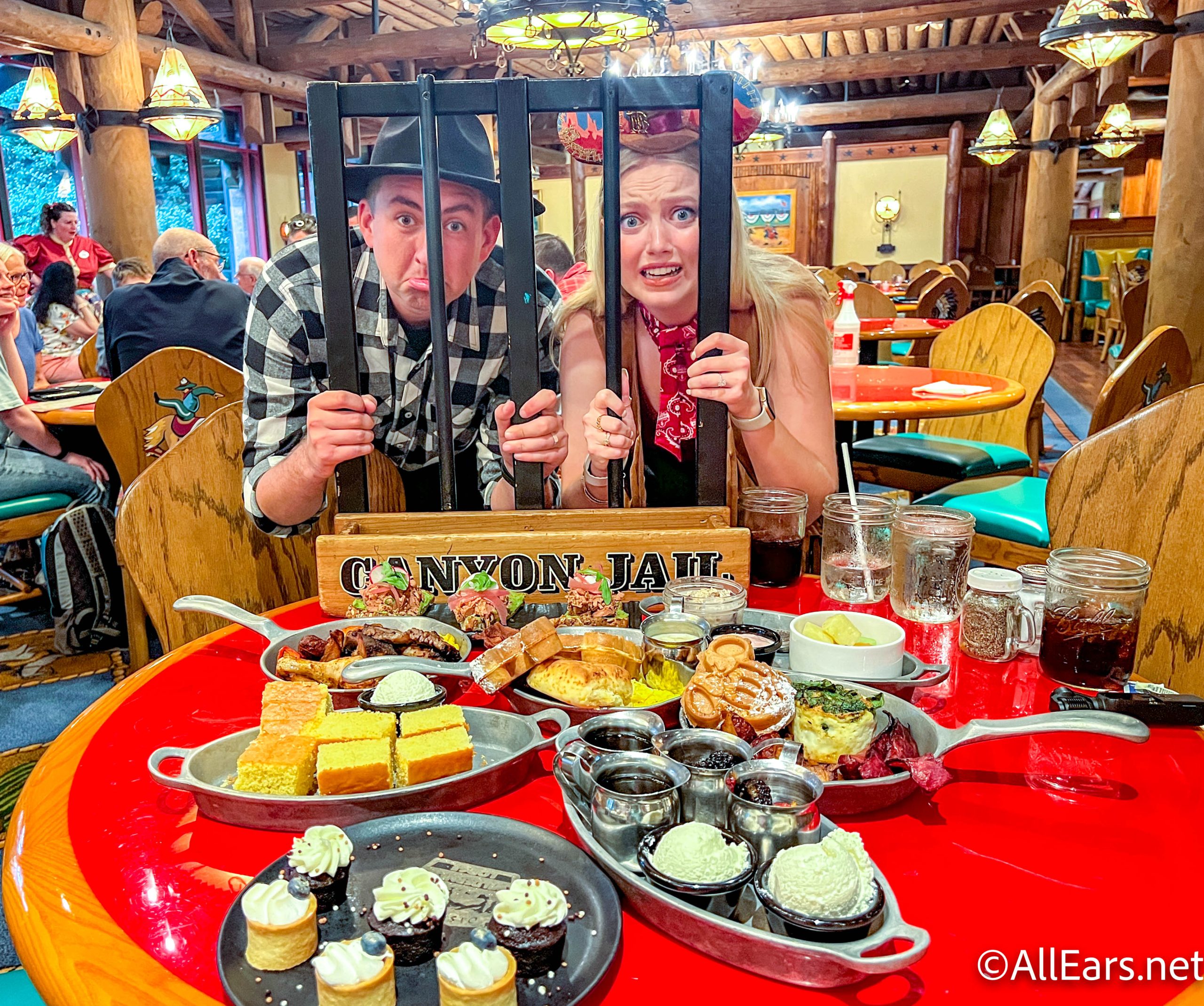Walt Disney World Chronicles: What Did Star Wars: Galaxy’s Edge Really Cost?
by
Jim Korkis
Feature Article
This article appeared in the July 7, 2020 (#1086) edition of ALL EARS®
Editor’s Note: This story/information was accurate when it was published. Please be sure to confirm all current rates, information and other details before planning your trip.
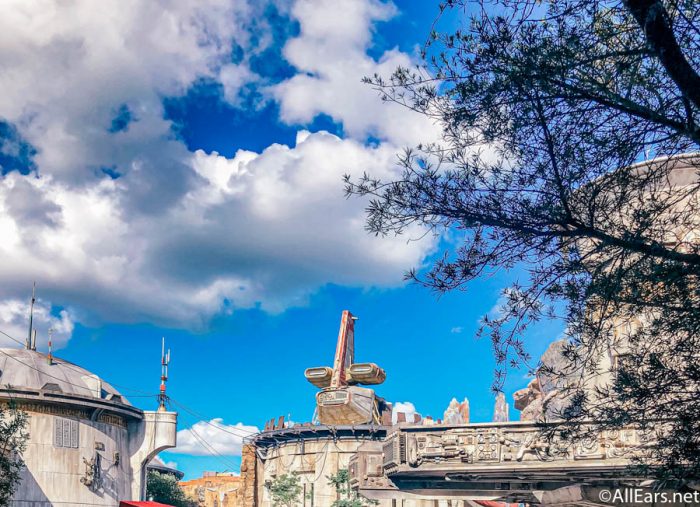
When I worked at Guest Relations at Epcot I was trained that if guests asked about how much something cost that talking about money was not part of the Disney story because Disney provided value that was beyond any cost.
The assumed cost for Star Wars: Galaxy’s Edge at Walt Disney World was north of $1 billion dollars according to the Orlando Sentinel newspaper.
However, the estimated financial investment in Galaxy’s Edge is only part of the cost for that addition. The forgotten cost is the loss of some things that brought much happiness to guests.
I think most Disney fans can agree that replacing Disney’s Dreamflight (formerly If You Had Wings) with Buzz Lightyear’s Space Ranger Spin was a great trade both in terms of enjoyment and financial rewards for WDW. However, others might debate whether The Enchanted Tiki Room Under New Management or replacing Mr. Toad’s Wild Ride with The Many Adventures of Winnie the Pooh were equally as successful.
Here are a few things it cost all of us to get the new land.
Lights, Motors, Action!
Lights, Motors, Action! was a stunt show that opened at Disney MGM Studio in May 2005. It was based on the Disney Studio Parks’ Moteurs… Action! Stunt Show Spectacular in Paris that had been running since 2002.
Disney promoted the show as “Experience the excitement as cars accelerate towards each other and swerve away at the last second, motorcycles smash through windows, Jet Skis leap out of the water, a stunt person falls off a 5-story building and massive fireballs explode in the air. See all of these Hollywood-style stunts performed live, right before your disbelieving eyes!”
The roughly 35-minute show showed off the skills of professional stunt drivers in more than 40 automobiles executing a series of choreographed 180- and 360-degree spins and jumps sometimes in the middle of controlled explosions that rattled the seats of the guests sitting in the grandstand.
The stunts were filmed in real-time by cameras (in addition to pre-recorded material). These segments were shown to the audience on overhead billboard television screens for a close-up look at the action, stunt work and pyrotechnics. The scenes also demonstrated on how different angles are used to disguise certain things or enhance the special effects.
Originally, the show had an intermission appearance by Herbie, the Love Bug who would split into two sections. He was later replaced in 2011 by race car Lightning McQueen from Cars (2006). The show also included a Jet ski segment that was not in the Paris show.
The premise of the full-throttle, high-octane show was that the 177,000 square foot, 5,000-seat stadium is a movie set for a spy movie where the hero must deliver a special secret envelope while evading the bad guys who are in pursuit.
The set was designed to resemble the Villefranche-sur-Mer Mediterranean village in the south of France. It was such a large venue that half of the Studio Backlot Tour had to be demolished including Residential Street that featured facades of houses used in film and television shows.
The “hero” car for the show was custom built while the villainous pursuit cars were Opel Corsa D cars. The hero cars were all painted red while the pursuit cars were painted black so that guests could clearly tell the difference. Each car got a new set of tires after every show.
The main hero car had two variations. One of which had the body shell installed backwards so it appeared to be driving in reverse. Another had a section bolted on the outside facing away from the audience, so it appeared it was driving itself.
Lights, Motors, Action! gave its last performance on April 2, 2016, after which time demolition quickly began for a galaxy far, far away.
Catastrophe Canyon
The Universal Studio Hollywood Backlot Tram Tour featured many special effects that delighted guests including a simulation of an earthquake on a soundstage designed to look like a “hot movie set” of a San Francisco subway station. Unexpectedly, the closed set sprung to life.
During that experience the tram shook, a burning gasoline truck collapsed through the roof, multiple fire and spark effects danced on the set, a derailing subway train suddenly crashed into the scene, and a flood of water rushed toward the guests. And then everything would re-set to reveal how movies make their magic.
When Disney MGM Studios designed a backlot tram tour, they installed a very similar experience called Catastrophe Canyon.
The tram tour survived for twenty five years despite several modifications over the decades from the walking part of the tour becoming a different attraction entirely called Backstage Pass, the complete removal of Residential Street in 2003 for the installation of Lights, Motors, Action! Stunt Show to the live tour guides being replaced by a precorded spiel in 2008.
The original intent of the park was to provide guests with a behind-the-scenes glimpse at how films and television shows were made. After leaving the boneyard, guests were told that they would be entering a “live” movie set while the cast and crew were on break. The tram would then slowly move into an enclosed area known as Catastrophe Canyon, a mountainous area with an imposing fuel truck.
When the tram stops to give guests a better look, suddently the set springs to life. An earthquake shakes the tram and causes the fuel truck to explode, sending a fire ball into the air. Then a flood of water comes rushing down from the top of the canyon and from the overhang above the tram.
When the earthquake and the water dwindle, the set would then begin to miracleously re-set for the next tram. The tram then traveled behind the area where the host told how the water and fire effects were accomplished.
While conceived by the Imagineers, the attraction was outsourced to Sequoia Creative in Sun Valley, California that was co-founded by former Imagineer Bob Gurr who was brought in to manufacture and install the attraction. The Imagineers had originally wanted a collapsing railroad bridge with some railroad oil tanker cars getting knocked into a sea of flames when a flash flood collapses the bridge.
That theatrical scene proved to be much too expensive so Gurr suggested forgetting about the bridge and the railroad since it wouldn’t be of much interest to children.
Instead he offered the idea of a highway gasoline tanker truck and to put it slightly higher than the guests’ line of sight so it would seem to slide part way off the road toward the tram while roaring in flame. Gurr located an old worn-out diesel tractor and tanker for only $3,000 so it didn’t need to be completely built and saved Disney big bucks.
The final day of the attraction at DHS was September 27, 2014, and in 2016 Catastrophe Canyon was demolished to make room for the new land.
Honey, I Shrunk the Kids: Movie Set Adventure Playground
Honey, I Shrunk the Kids (1989) was a popular Disney live action movie about inventor Wayne Szalinski (Rick Moranis) who accidentally shrinks his own kids as well as his next door neighbor’s children to a quarter of an inch high with his shrinking machine. He also accidentally throws them outside with the trash and they must make their way through the backyard back to the house.
The high grossing film spawned two sequels and a television series as well as several attractions at Disney theme parks. On the Disney MGM Backlot walking tour, originally guests could get a chance to hang on to a giant bee from the film with a blue screen in the background as part of a demonstration of special effects.
The most prominent attraction was Epcot’s 4-D attraction sponsored by Kodak called Honey, I Shrunk the Audience (1994 -2010) where at an awards show Szalinski temporarily shrinks the entire theater to the size of a shoebox. The attraction was later installed in Disneyland, Tokyo Disneyland, and Disneyland Paris. All of them closed in 2010.
Honey, I Shrunk the Kids: Movie Set Adventure was also sponsored by Kodak for its first twenty years and the attraction was promoted as Honey, I Shrunk the Kids Play Set Adventure on the movie marquee on Streets of America that led into the entrance for the attraction but not on the official literature.
Disney described the attraction as “This interactive kids’ playground sets the scene with larger-than-life props from the hit movie. Scale the Everest of anthills, crawl inside a discarded LEGO brick, and dodge the spritz from the biggest leaky garden hose you’ve ever seen.”
Outside the attraction, guests saw the following posted notice: “This imaginative playground is best enjoyed by children 10 and under. We ask adults to shrink down with young children and supervise them on this exciting adventure. We urge you to exercise caution while climbing, sliding, and exploring. Please use the pathways as they were carved out for your safety by adventurers before you. Remember: You are about to become the size of ant!”
Basically this 11,000 square foot themed area built roughly a year after the release of the original film opened in December 1990 and suggested that guests had been somehow shrunk down to roughly the size of an ant and have found themselves in the Szalinski backyard. The backyard was filled with 30-foot-tall blades of grass, oversized Tinker Toy pieces, a huge can of Play Doh, a Super Soaker, and many other objects both from the film but also new items as well.
There was a 52-foot long leaking water hose that sprayed sporadically, 40-foot tall bumblebees, a spider web that was a maze made out of climbing ropes, enormous breakfast cereal in “O” shapes to suggest Cheerios, a giant dog nose that issued a growling sound and sprayed a mist from its nostrils, jumbo plant-root mazes, a Kodak film canister that doubled as a children’s slide, an explorable anthill and even an oversized ant with a saddle that guests could get on for photo opportunities.
The playground was closed in 2016 and was just another of the things that it cost for Star Wars: Galaxy’s Edge.

